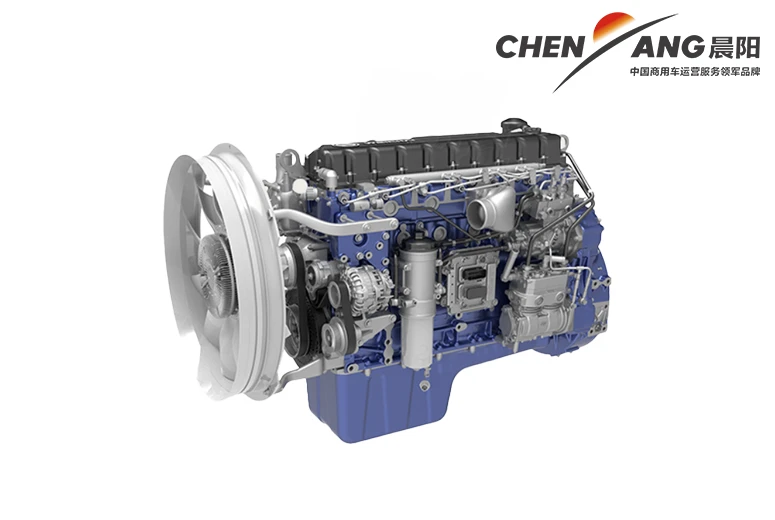motor switch
Understanding Motor Switches Essential Components in Electric Motors
In the world of electrical engineering and automation, motor switches play a pivotal role. These devices are critical components that control the operation of electric motors, allowing for functionality in various applications ranging from household appliances to industrial machinery. Understanding the operation, types, and applications of motor switches is essential for anyone involved in the design, maintenance, or operation of motor-driven systems.
What are Motor Switches?
A motor switch is an electrical component designed to control the flow of electricity to an electric motor. Essentially, it serves as an interface between the power supply and the motor itself. By opening and closing circuits, motor switches can start, stop, or reverse the operation of a motor. In addition to on/off control, some motor switches can also modulate the speed or direction of the motor, depending on the complexity of the system.
Types of Motor Switches
Motor switches can be classified into several categories based on their design, function, and application. Here are some common types
1. Toggle Switches These are simple manual switches that can be turned on or off by flipping a lever. They are often used in small applications for power supply control.
2. Rotary Switches Rotary switches allow the user to select among multiple circuits or motor speeds by rotating a knob. This versatility makes them popular in settings where adjustable speed is necessary.
3. Push-button Switches These switches are activated by pressing a button, providing a convenient way to control motor operations, especially in confined spaces.
4. Contactors Contactors are electromechanical switches that are used for controlling the operation of large motors or electrical loads. When the coil of the contactor is energized, it closes contacts that allow power to flow to the motor.
5. Motor Starters These devices combine a contactor with overload protection. They are crucial in preventing motor damage due to overheating or overload conditions.
6. Relay Switches A relay switch uses an electromagnet to mechanically operate a switch. They are useful for controlling high-voltage or high-current loads with a low-voltage signal.
motor switch

Applications of Motor Switches
Motor switches find applications in a variety of fields
- Industrial Automation In factories, motor switches control conveyor belts, assembly lines, and robotic machinery, contributing to streamlined processes and enhanced efficiency
.- Household Appliances Devices such as washing machines, refrigerators, and electric fans rely on motor switches to function effectively, allowing users to start, stop, or adjust settings easily.
- Automotive In the automotive industry, motor switches control electric windows, windshield wipers, and other motor-driven components.
- HVAC Systems Heating, ventilation, and air conditioning systems utilize motor switches to regulate fan speeds, compressor operations, and air flow.
- Agricultural Equipment Motor switches are integral to the operation of various agricultural machines, leading to improved operational efficiency in farming practices.
Importance of Choosing the Right Motor Switch
Selecting the appropriate motor switch is essential for optimal motor performance and longevity. Factors to consider include the voltage and current ratings, the type of motor being used, environmental conditions such as exposure to moisture or dust, and the ease of operation required for the end-user. A mismatched switch can lead to inefficiencies, increased wear and tear, and potential safety hazards.
Conclusion
Motor switches are indispensable components in the operation of electric motors across numerous industries. Their ability to control motor functions efficiently and safely positions them as a crucial element in modern electrical systems. Understanding the different types, applications, and selection criteria for motor switches can significantly enhance the performance of electric motors, ensuring reliability and efficiency throughout their operation. As technology evolves, so too will the designs and capabilities of motor switches, paving the way for more innovative solutions in various fields.
-
SINOTRUK HOWO 84 Electric Dump Truck for Eco-Friendly Heavy HaulingNewsJul.26,2025
-
The Fast 16-Gear Manual Transmission Assembly for Heavy TrucksNewsJul.25,2025
-
Mercedes Benz Actros 1848 42 Tractor Truck for Sale - Reliable PerformanceNewsJul.24,2025
-
High-Quality Water Pump Assembly for Sinotruk Trucks – Durable & ReliableNewsJul.23,2025
-
Premium Truck Engine Antifreeze Coolant Fluid for Heavy Duty VehiclesNewsJul.22,2025
-
FOTON View G7 Mini Bus: Affordable & Spacious TransportNewsJul.22,2025
Popular products

























